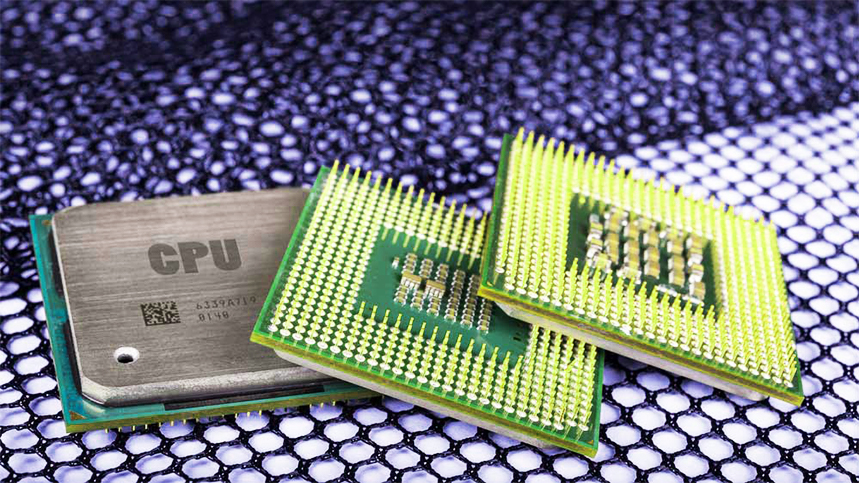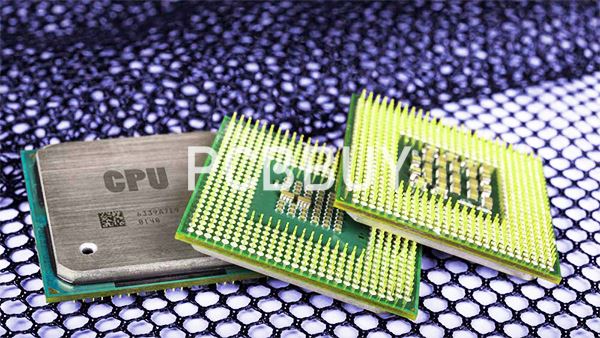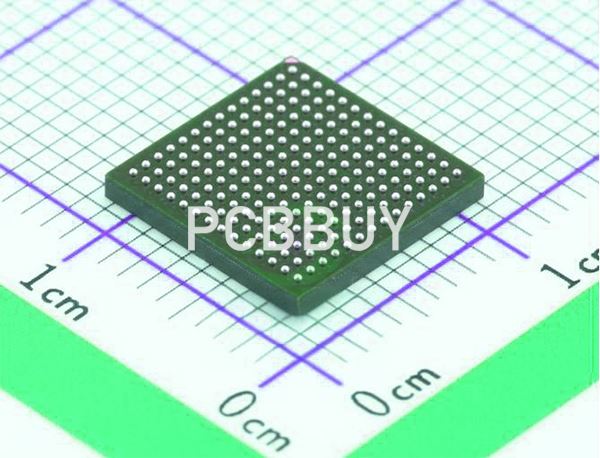How to solder circuit boards
By: 12/15/2023 07:30

Circuit board soldering is a crucial skill essential for both electronics enthusiasts and professionals. It involves the process of connecting electronic components to the circuit board to ensure smooth flow of current and enable circuit functionality. This article aims to provide a detailed overview of the steps, techniques, and precautions involved in circuit board soldering to help readers master this important skill.
1. Preparation
-
Selection of Soldering Tools: Including a soldering station, solder, soldering iron, desoldering pump, etc. Ensure quality and ease of use.
-
Preparation of Circuit Board and Components: Ensure the quality and integrity of the circuit board and electronic components without damage or defects.
-
Clean Working Area: Maintain a clean workspace, preventing dust or other debris from entering the soldering process.

2. Soldering Steps
-
Preheating: Power on the soldering station and adjust the temperature within the appropriate range, typically between 250-350°C for soldering electronic components.
-
Component Fixation: Place the electronic components on the circuit board, ensuring their correct positions and orientations. Gently secure the components using tweezers or fingers to prevent movement.
-
Soldering: Apply the soldering iron to the solder joint and component pin, heating the solder wire to melt and flow between the solder joint and the pin. Control the soldering duration, avoiding excessive or insufficient heating.
-
Inspecting Solder Joints: After soldering, inspect the solder joints using magnification tools like a magnifying glass or microscope to ensure reliable quality without issues like cold solder joints or bridging.
-
Trimming Component Pins: Use scissors or pliers to trim excess component pins, aligning them flush with the circuit board. Avoid cutting too short or damaging the board.

3. Soldering Techniques
-
Controlled Soldering Time: Excessive soldering time can damage components or deform the board, while insufficient time can lead to weak solder joints. Therefore, precise control over soldering time is crucial for quality soldering.
-
Maintain Smooth Solder Joints: After soldering, the joints should appear smooth and rounded without roughness or irregularities, ensuring smooth flow of current.
-
Avoid Bridging: Bridging refers to unwanted connections between two or more solder joints, potentially causing short circuits or component damage. Hence, it's essential to avoid bridging during soldering.
-
Appropriate Solder Type: Different electronic components and circuit boards require specific solder types. For instance, surface-mount components (SMT) may need fine solder wire, while through-hole components may require thicker solder wire. Choose solder accordingly.
4. Precautions
-
Prioritize Safety: When soldering circuit boards, adhere to safety protocols to prevent electrical hazards. For instance, use anti-static wristbands or tools during operations.
-
Maintain Ventilation: Soldering generates harmful fumes and smoke, so ensure adequate ventilation to prevent inhaling hazardous substances.
-
Avoid Excessive Force: When securing components or trimming pins, avoid applying excessive force that might damage components or deform the circuit board. Use appropriate pressure during operations.
-
Inspect Boards and Components: Before soldering, check the quality and reliability of the circuit board and electronic components to ensure they are free from damage or defects. After soldering, perform checks and tests to ensure normal functionality and performance.
By following these steps, techniques, and precautions, individuals can improve their soldering skills, ensuring effective and reliable connections when working with circuit boards.
Industry Category











